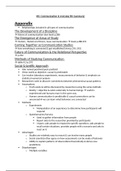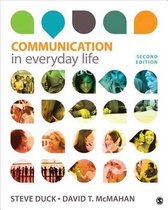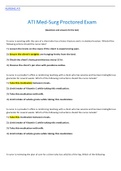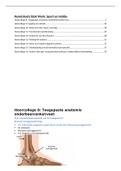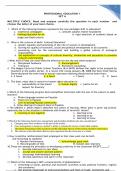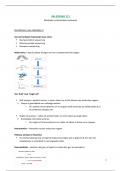Samenvatting
Summary IHC
- Instelling
- Erasmus Universiteit Rotterdam (EUR)
Summary of the book Communication in Everyday Life. Everything that needs to known for the exam in BA-1 for the IBCoM course IHC. I got an 8.5 in the exam, only studying with this summary.
[Meer zien]
